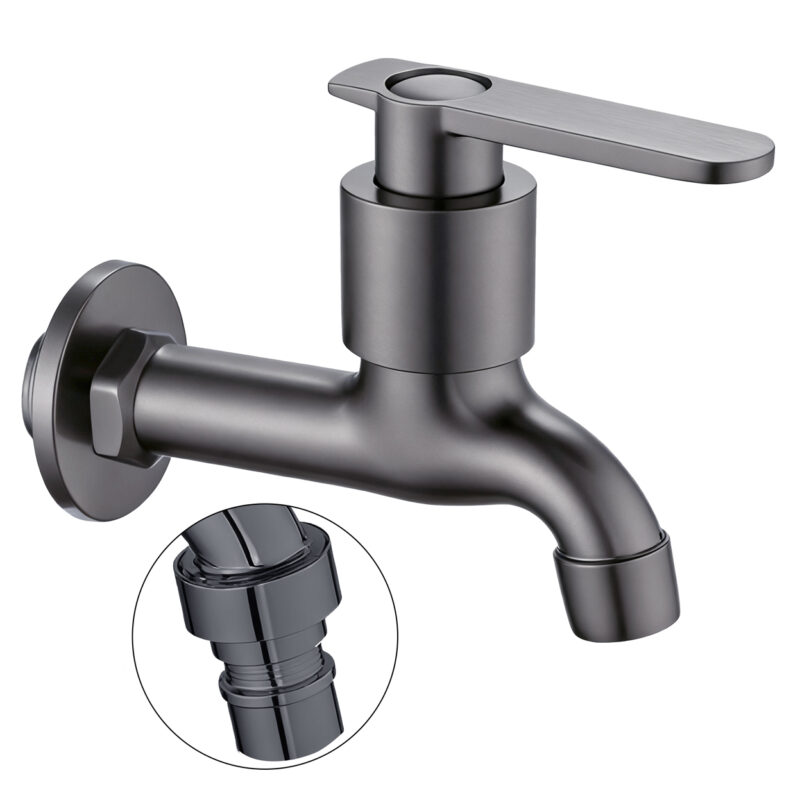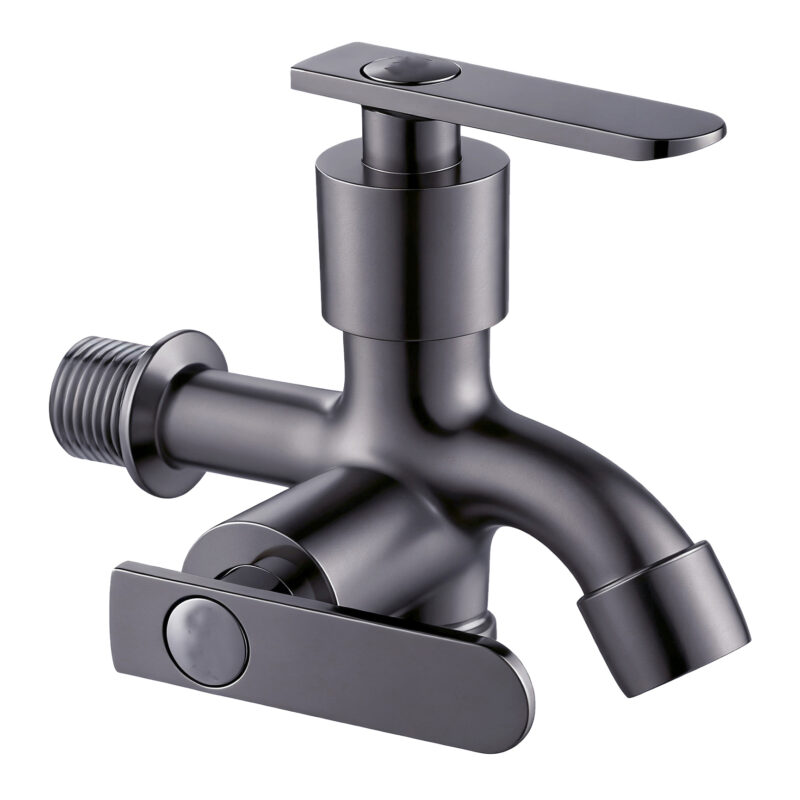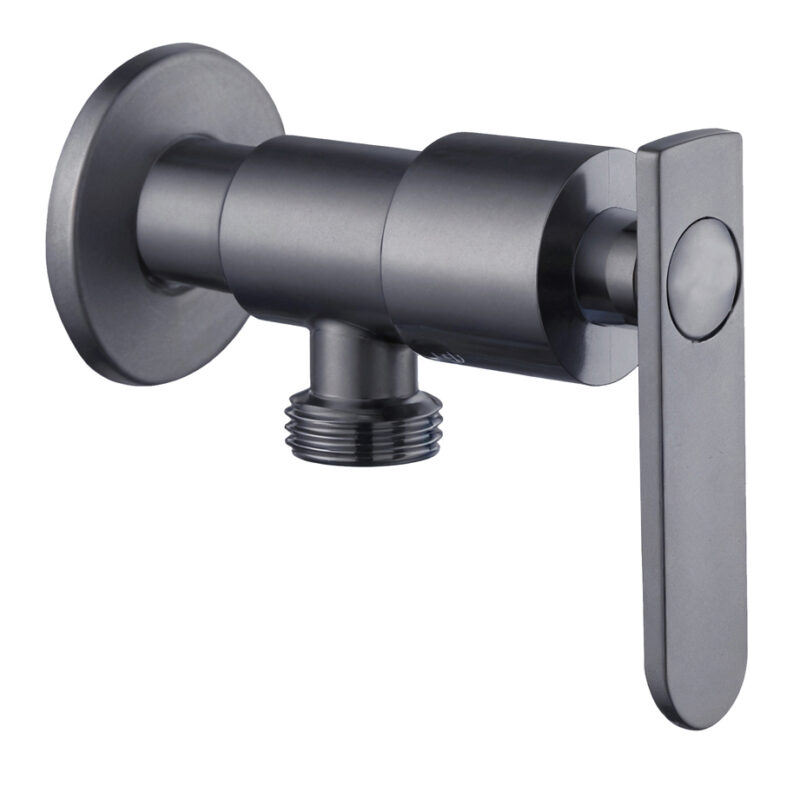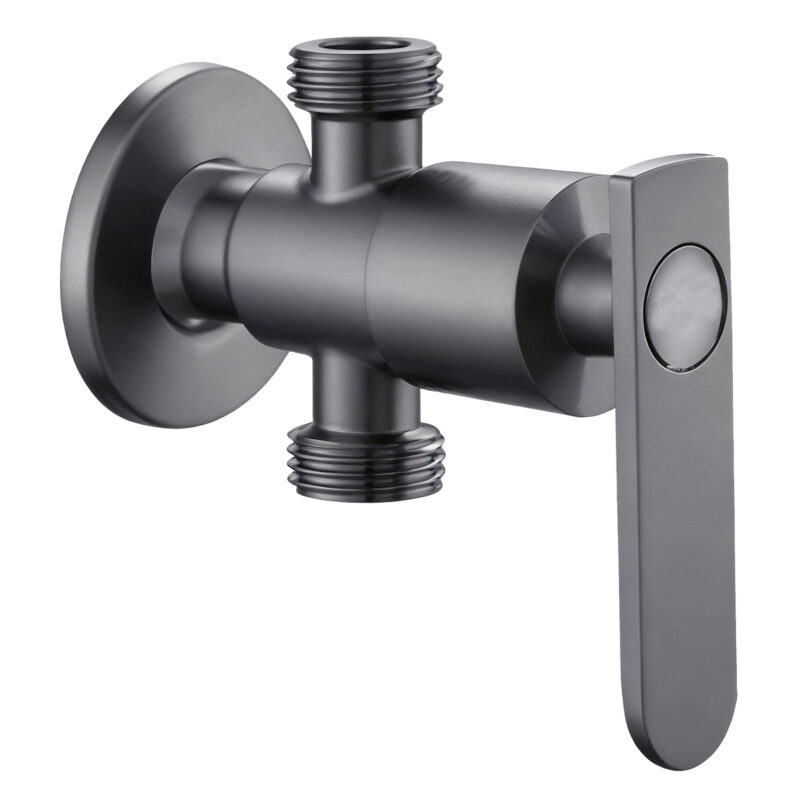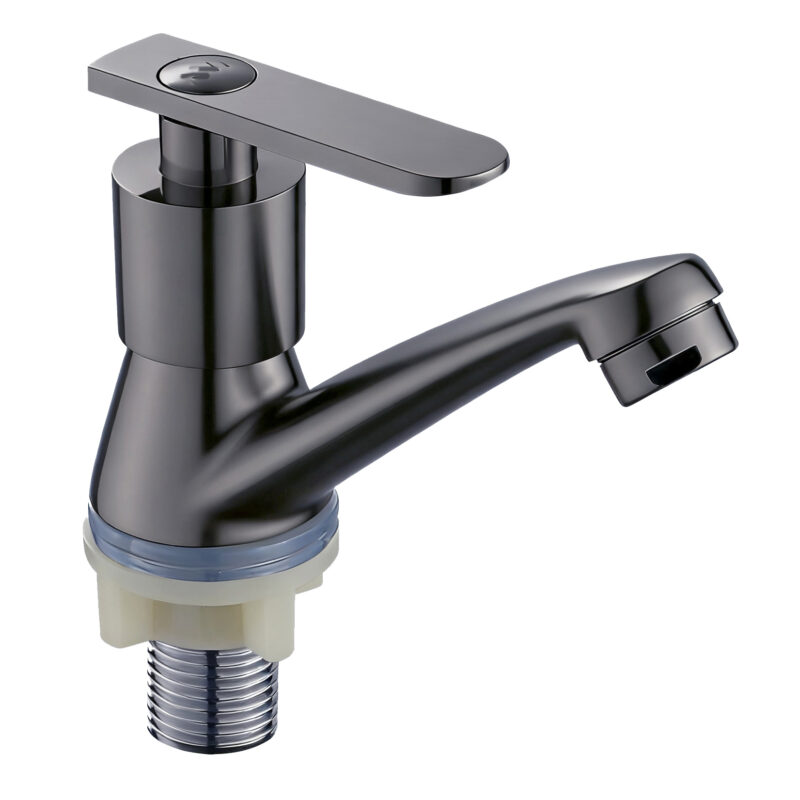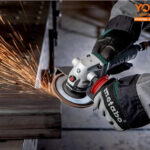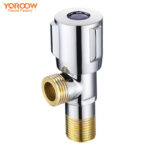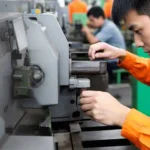In the selection of modern kitchen equipment, kitchen plastic taps have become a popular choice for home kitchens and lightweight commercial kitchens due to their light weight and affordable price. Most of these taps are made of ABS or PVC polymer materials, which not only have good chemical stability, effectively resisting acid – base corrosion, but also show excellent performance in durability through special process treatment. With advanced manufacturing technology and precise design, Chinese faucet factories produce kitchen plastic taps that not only ensure the structure is not easy to deform during long – term use but also offer a wide range of styles and colors to meet the personalized needs of different users. However, standardized installation is the key to ensuring the normal use and extending the service life of the tap. The following will elaborate on the entire installation process of kitchen plastic taps in detail.

(I) Precautions Before Product Installation
Before starting the installation of kitchen plastic taps, carefully reading the product manual is the top priority. The product manual contains detailed information about the basic structure, installation specifications, and precautions of the tap, which serve as the foundation for a smooth installation. Due to the characteristics of plastic materials, it is essential to avoid using excessive force during installation. Over – exertion may cause cracks or even breakage of components.
At the same time, accurately check whether the specification of the water pipe interface at home matches the tap. Kitchen plastic taps produced by Chinese faucet factories usually come with a variety of accessories in the product package to adapt to common water pipe interfaces, such as conversion joints of different specifications and sealing rubber rings, greatly improving the installation compatibility of the product. In addition, the choice of the installation environment should not be ignored. Ensure that the installation area is dry and clean, and avoid operating in a humid environment or an area full of dust and debris to prevent impurities from entering the water pipe system and affecting the water flow quality and installation effect.
(II) Required Installation Tools
For the installation of kitchen plastic taps, some essential tools are indispensable. First, a suitable wrench is needed to tighten the water pipe interface and the tap nut. However, since plastic materials are relatively fragile, it is recommended to use a wrench with a rubber protective cover or plastic wrapping to avoid directly damaging the surface of the tap. PTFE tape is also a crucial tool. It can effectively enhance the sealing performance of the interface and prevent water leakage. When wrapping it, it should be done in a clockwise direction to ensure uniformity and tightness.
A tape measure can be used to accurately measure the installation position and the size of the water pipe, ensuring the precision of the tap installation. In addition, it is necessary to prepare a water – collecting container, which is used to catch the remaining water in the water pipe after turning off the water source, keeping the installation area dry and tidy. The detailed specifications and usage methods of these tools are clearly described in the installation guide provided by Chinese faucet factories, making it convenient for users to prepare in advance.
(III) Preparation Steps Before Installation
The preparation work before installation is an important part of ensuring a smooth installation process. The first step is to turn off the main water valve at home, which is a key operation to prevent water leakage during installation. After turning off the water valve, open the tap to completely drain the remaining water in the water pipe, avoiding water flow interference during subsequent installation operations.
The second step is to clean the installation hole of the sink or countertop. Use a cleaning agent and a soft cloth to remove oil stains and impurities in the hole. If there is rust, gently sand it with fine sandpaper to ensure that the inner wall of the installation hole is smooth and clean. The third step is to initially assemble the tap components according to the product manual, such as installing the handle and the aerator. The components of the taps produced by Chinese faucet factories are designed in line with ergonomic principles and installation convenience. Through simple snap – fit and threaded connection methods, the assembly process becomes easy and straightforward.
(IV) Standard Installation Process
The standard installation process consists of several key steps. First, insert the main body of the tap vertically from above the installation hole of the sink or countertop, ensuring that the tap is centered and kept vertical. This not only ensures aesthetic appearance but also guarantees smooth water flow. Then, from below the sink or countertop, put the matching gasket and nut on the thread of the tap in turn. Use a wrench to tighten the nut moderately to fix the tap, but control the force to just secure it without damaging the plastic components.
Subsequently, connect the inlet pipe. Align one end of the inlet pipe precisely with the water inlet of the tap, wrap an appropriate amount of PTFE tape according to the specification (usually 5 – 8 turns), and then tighten the interface with a wrench. The water inlets of the taps produced by Chinese faucet factories adopt a unique anti – loosening design. Combined with the sealing effect of PTFE tape, it can effectively prevent loosening and water leakage during use. Finally, turn on the main water valve and carefully check whether there is any water leakage at each interface. If there is leakage, turn off the water valve in time for adjustment.
(V) Usage Test and Inspection Key Points
After the installation is completed, comprehensive usage testing and inspection are necessary. Open the tap and observe whether the water flow is smooth and stable, and check for any abnormal situations such as weak water flow or intermittent flow. Turn the tap on and off multiple times to feel the flexibility of the handle operation and at the same time check the sealing performance, ensuring that the switching process is easy and there is no water leakage.
In addition, check whether the connection between the tap and the sink or countertop is tightly fitted and whether there are any gaps. If gaps are found, water vapor may penetrate, affecting the installation effect and service life. Once any problems are detected, immediately turn off the water valve and recheck the installation steps. Chinese faucet factories also provide online installation video tutorials and technical support services. Users can refer to them at any time or contact after – sales personnel for assistance.
(VI) Common Installation Problems and Solutions
During the installation process, some common problems are inevitable. Water leakage at the interface is a common situation, which is usually caused by improper wrapping of PTFE tape. The solution is to turn off the water valve, remove the interface, and re – wrap the PTFE tape in a clockwise direction evenly, ensuring that it is tightly wrapped without wrinkles.
If the tap shakes after installation, it may be that the nut is not tightened or the position of the gasket is inaccurate. In this case, re – tighten the nut and adjust the position of the gasket to ensure the tap is stably installed. For abnormal water flow problems, such as reduced water flow or poor water discharge, it may be that there are impurities blocking the water pipe. The aerator can be removed for cleaning, and then reinstalled after removing the impurities. The after – sales team of Chinese faucet factories has systematically sorted out these common problems and provided detailed solutions, which users can query through official channels at any time.
(VII) Safety Tips and Maintenance Suggestions
When using and maintaining kitchen plastic taps, there are many safety tips and maintenance suggestions to keep in mind. When cleaning the tap, avoid using rough or sharp tools such as steel wool and sharp knives to prevent scratching the surface of the tap and damaging its protective layer. It is recommended to use a soft wet cloth and a neutral cleaning agent for wiping, which can not only keep the tap clean but also not damage the material.
Regularly check whether there are signs of loosening or water leakage at the interface. If problems are found, tighten or replace the sealing components in a timely manner. If the tap is not used for a long time, such as during a trip, turn off the main water valve and drain the water in the water pipe. This can effectively prevent the water pipe from freezing and cracking and reduce the growth of bacteria. Chinese faucet factories recommend that users conduct a comprehensive inspection and maintenance of the tap every six months, including cleaning internal impurities and checking component wear, to extend the service life of the tap and ensure it always maintains good performance.
Through the above detailed installation guide, I believe you can successfully complete the installation of kitchen plastic taps. If you encounter any difficulties during the installation process, please feel free to contact the professional after – sales team of Chinese faucet factories. We will wholeheartedly provide you with assistance to ensure you have a good user experience.

